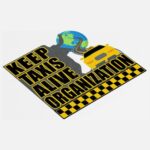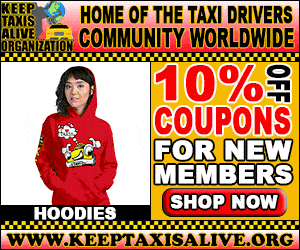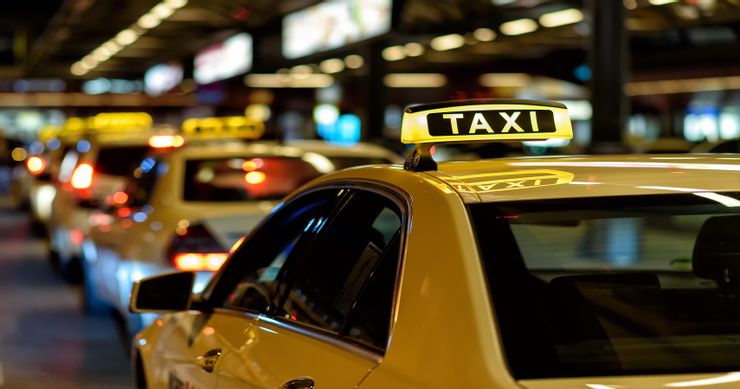Steps to help prevent the spread of COVID-19 if you are sick
Follow the steps below: If you are sick with COVID-19 or think you might have COVID-19, follow the steps below to care for yourself and to help protect other people in your home and community.
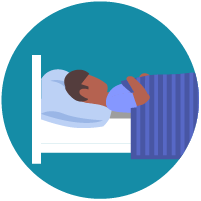
- Stay home: Most people with COVID-19 have mild illness and are able to recover at home without medical care. Do not leave your home, except to get medical care. Do not visit public areas.
- Stay in touch with your doctor. Call before you get medical care. Be sure to get care if you have trouble breathing, or have any other emergency warning signs, or if you think it is an emergency.
- Avoid public transportation: Avoid using public transportation, ride-sharing, or taxis.
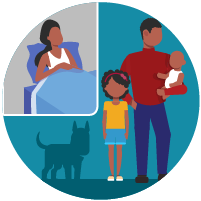
- Stay away from others: As much as possible, you stay away from others. You should stay in a specific “sick room” if possible, and away from other people in your home. Use a separate bathroom, if available.
- See COVID-19 and Animals is you have questions about pets.

- Call ahead: Many medical visits for routine care are being postponed or done by phone or telemedicine.
- If you have a medical appointment that cannot be postponed, call your doctor’s office, and tell them you have or may have COVID-19. This will help the office protect themselves and other patients.

- You should wear a cloth face covering, over your nose and mouth if you must be around other people even at home).
Note: During the COVID-19 pandemic, medical grade facemasks are reserved for healthcare workers and some first responders. You may need to improvise a cloth face covering using a scarf or bandana.
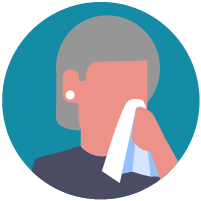
- Cover: Cover your mouth and nose with a tissue when you cough or sneeze.
- Dispose: Throw used tissues in a lined trash can.
- Wash hands: Immediately wash your hands with soap and water for at least 20 seconds. If soap and water are not available, clean your hands with an alcohol-based hand sanitizer that contains at least 60% alcohol.
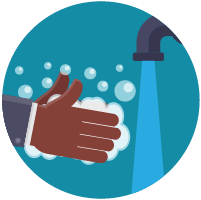
- Wash hands: Wash your hands often with soap and water for at least 20 seconds. This is especially important after blowing your nose, coughing, or sneezing; going to the bathroom; and before eating or preparing food.
- Hand sanitizer: If soap and water are not available, use an alcohol-based hand sanitizer with at least 60% alcohol, covering all surfaces of your hands and rubbing them together until they feel dry.
- Soap and water: Soap and water are the best option, especially if hands are visibly dirty.
- Avoid touching: Avoid touching your eyes, nose, and mouth with unwashed hands.
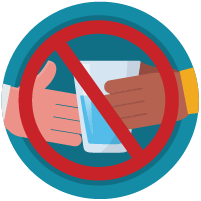
- Do not share: Do not share dishes, drinking glasses, cups, eating utensils, towels, or bedding with other people in your home.
- Wash thoroughly after use: After using these items, wash them thoroughly with soap and water or put in the dishwasher.

Clean high-touch surfaces in your isolation area (“sick room” and bathroom) every day; let a caregiver clean and disinfect high-touch surfaces in other areas of the home.
- Clean and disinfect: Routinely clean high-touch surfaces in your “sick room” and bathroom. Let someone else clean and disinfect surfaces in common areas, but not your bedroom and bathroom.
- If a caregiver or other person needs to clean and disinfect a sick person’s bedroom or bathroom, they should do so on an as-needed basis. The caregiver/other person should wear a mask and wait as long as possible after the sick person has used the bathroom.
High-touch surfaces include phones, remote controls, counters, tabletops, doorknobs, bathroom fixtures, toilets, keyboards, tablets, and bedside tables.
- Clean and disinfect areas that may have blood, stool, or body fluids on them.
- Household cleaners and disinfectants: Clean the area or item with soap and water or another detergent if it is dirty. Then, use a household disinfectant.
- Be sure to follow the instructions on the label to ensure safe and effective use of the product. Many products recommend keeping the surface wet for several minutes to ensure germs are killed. Many also recommend precautions such as wearing gloves and making sure you have good ventilation during use of the product.
- Most EPA-registered household disinfectants should be effective. A full list of disinfectants can be found here.
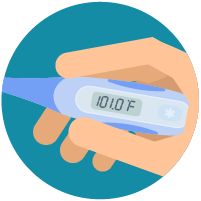
- Common symptoms of COVID-19 include fever and cough. Trouble breathing is a more serious symptom that means you should get medical attention.
- If you are having trouble breathing, seek medical attention, but call first.
- Call your doctor or emergency room before going in and tell them your symptoms. They will tell you what to do.
- Wear a cloth face covering (covers your nose and mouth): Put on the cloth face covering when you leave your house or when around other people. You don’t need to wear the cloth face covering if you are alone. If you can’t put on a cloth face covering (because of trouble breathing for example), cover your coughs and sneezes in some other way. Try to stay at least 6 feet away from other people. This will help protect the people around you.
- Follow care instructions from your healthcare provider and local health department: Your local health authorities may give instructions on checking your symptoms and reporting information.
If you develop emergency warning signs for COVID-19 get medical attention immediately. Emergency warning signs include*:
- Trouble breathing
- Persistent pain or pressure in the chest
- New confusion or inability to arouse
- Bluish lips or face
*This list is not all inclusive. Please consult your medical provider for any other symptoms that are severe or concerning.

People with COVID-19 who have stayed home (home isolated) can stop home isolation under the following conditions:
- If you will not have a test to determine if you are still contagious, you can leave home after these three things have happened:
- You have had no fever for at least 72 hours (that is three full days of no fever without the use medicine that reduces fevers)
AND - other symptoms have improved (for example, when your cough or shortness of breath have improved)
AND - at least 7 days have passed since your symptoms first appeared
- You have had no fever for at least 72 hours (that is three full days of no fever without the use medicine that reduces fevers)
- If you will be tested to determine if you are still contagious, you can leave home after these three things have happened:
- You no longer have a fever (without the use medicine that reduces fevers)
AND - other symptoms have improved (for example, when your cough or shortness of breath have improved)
AND - you received two negative tests in a row, 24 hours apart. Your doctor will follow CDC guidelines.
- You no longer have a fever (without the use medicine that reduces fevers)
In all cases, follow the guidance of your healthcare provider and local health department. The decision to stop home isolation should be made in consultation with your healthcare provider and state and local health departments. Local decisions depend on local circumstances.



